Sohini and Rishi discuss Nataraja, a Hindu deity, in two parts, symbolising cosmic dance and its intricate symbolism, which has captivated artists and devotees for centuries, exclusively for Different Truths.
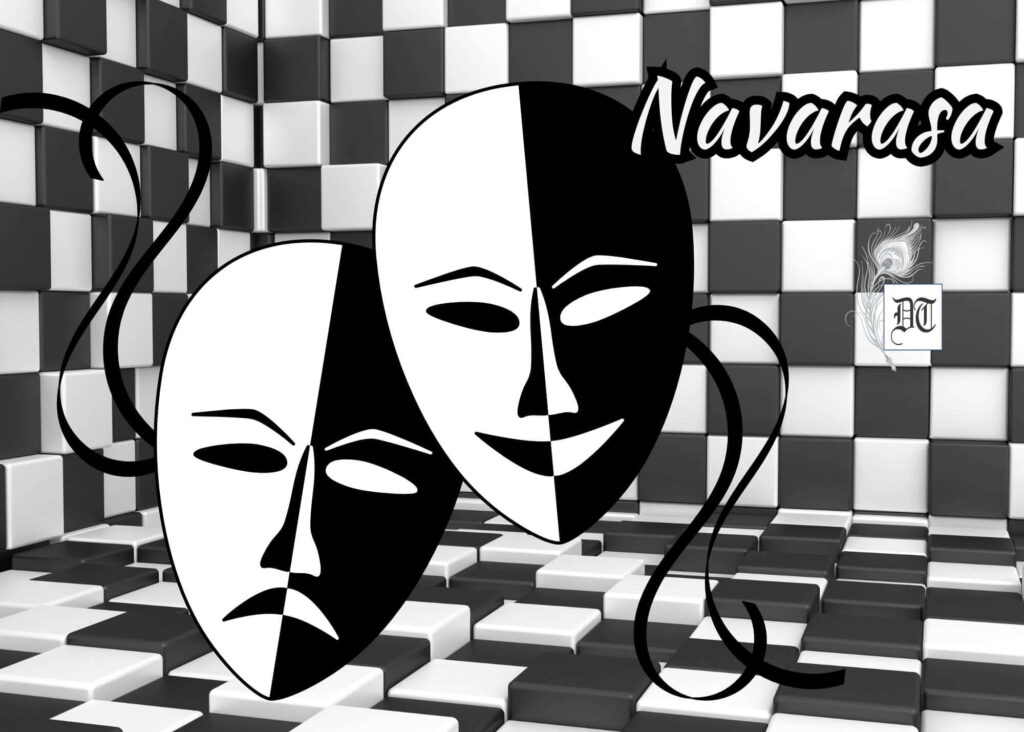
Nataraja, the Lord of Dance, has been a popular deity for millennia. Nataraja’s story of overcoming hurdles and gaining enlightenment has inspired and motivated people all over the world in their creative and spiritual endeavours, from its roots in Hindu mythology to its expression in art and culture. His biography, iconography, and message have an everlasting resonance that crosses religion, culture, and history.
Shiva decisively destroys these demonic forces and performs his triumphant “dance of bliss.”
Ultimately, the narrative elevates Shiva to the top of the Hindu celestial system. According to scholar Padma Kaimal, the Shiva Nataraja image and narrative may be tied to Chola warrior dances.
Tandav and Tandu Muni
Here’s a tale behind Tandav. It is believed that when Lord Shiva dances in bliss, Tandu Muni (Nandikeshwar) learns from him and practices this dance with rhythm and beats. Lord Shiva told Tandu Muni to teach this dance to Bharat Muni.
Shiva Nataraja is a brilliantly designed emblem. It combines Shiva’s roles as creator, preserver, and destroyer of the cosmos in a single image, as well as conveying the Indian concept of time’s never-ending cycle.
Although it first appeared in sculpture in the fifth century, it took on its current, world-famous form during the Cholas’ reign. Shiva’s dance is performed within a burning halo. The damaru (hand drum) used to create the first sounds of creation) is held in the god’s upper right hand. His upper left hand is holding agni (the fire that will destroy the universe). He uses his lower right hand to perform abhayamudra (the fear-relieving motion). The dwarf-like creature trodden by his right foot signifies apasmara purusha (the illusion that leads humanity astray). Shiva’s front left hand, which points to his lifted left foot, represents shelter for the afflicted soul. The excitement of his movement causes his hair to fly to the side. The symbols signify that by believing in Shiva, his devotees can attain liberation.
Ananda Tandava
Shiva Tandava is described as a forceful dance that serves as the starting point for the cycle of creation, preservation, and destruction. The Ananda Tandava describes him as joyous, but the Rudra Tandava paints him as aggressive, first as the creator and subsequently as the destroyer of the universe, including death.
Because creation is a dance, we call the divine a dancer. How can he perform this dance if he is not a dancer? When we say Shiva is Nataraja, we are not referring to a specific dancer. You might have noticed that Nataraja is depicted with a circle surrounding him. The circle has long been the symbol of the universe because when anything moves, the most natural form that occurs in existence is a circle. Anything that happens on its own is a circle or an ellipsoid (a slightly deformed circle), because a circle is the shape with the least resistance. The planet, moon, and sun are all circles.
A Cosmic Dancer
This is why the circle surrounding Nataraja represents the cosmos. He’s a cosmic dancer. That is how he is consistently described. This is not about a single person dancing across the galaxy. We say the universe is in a dance, and the dance is governed by intelligence. Because we are individuals and perceive everything as independent life forms, we label it Nataraja for our purposes. The term “Shiva” literally means “that which is not” or “nothing.” It’s nothing, just empty space, but it’s dancing. Everything happens because people are dancing.
The Nataraja form is primarily from southern India, particularly Tamil Nadu. It portrays the exuberance of creation, the dance of creation that sprung from timeless silence. Nataraja standing in Chidambaram is particularly meaningful since what is known as Chidambaram is simply total stillness. That is what this temple’s form embodies.
You cannot understand the dance because whatever you understand will lead to the wrong conclusion. However, you can either experience the dance’s beauty or become the dance itself. If you discover the beauty of the dance through observation, we call you a seeker. In society, you may be referred to by different terms, such as a scientist, but you are still a seeker. You want to know what it is, so you’re paying attention. If you become the dance, you become the divine, and therefore a yogi. That is the option you have.
Dancer and the Dance
The dance is so exquisite that we nearly forget about the dancer, but a dance cannot exist without a dancer. We can’t see the dancer because our vision and attention are so surface-oriented. To recognise the dancer in the dance, you must either become so engrossed in it that you become the dance itself, not just a spectator. Then you know the dancer from experience, and you are moved by him. However, if you want to know the dancer in all of his depth and dimension, to know the root of the dance, to know what is at the heart of the act, you must be able to pay complete attention while remaining detached from the dance. These things appear to be conflicting. On one level, I am saying you must immerse yourself in the dance, but on another, I am saying you must be able to watch it with utmost concentration. They are not contradictory. It’s simply that when you look at it in pieces, everything appears conflicting.
Nataraja is made up of two words: Nata, meaning dancer, and Raja, meaning monarch. Nataraja is Lord Shiva in his dancing form, known as the “Lord of Dance,” and is adored as the greatest sign of cosmic energy, reflecting the triumph of the spiritual over the physical.
Nataraja, the Lord of Dance, represents the cyclical nature of time and creation, representing Shiva’s position as the universe’s destroyer, preserver, and regenerator. Nataraja, depicted in the classic dancing position, embodies a depth of mystical and philosophical meaning that has fascinated human minds for generations.
(To be continued)
Cowritten by Rishi Dasgupta

Rishi Dasgupta, a Masters in Economics from the University of St. Andrews, Scotland, is a millennial, multilingual, global citizen, currently pursuing a career in the UK. An accomplished guitarist and gamer, his myriad pursuits extend to the study of the ancient philosophies and mythologies of India. ‘Adi Shiva: The Philosophy of Cosmic Unity’ is Rishi’s second book as co-author.
Picture design by Anumita Roy

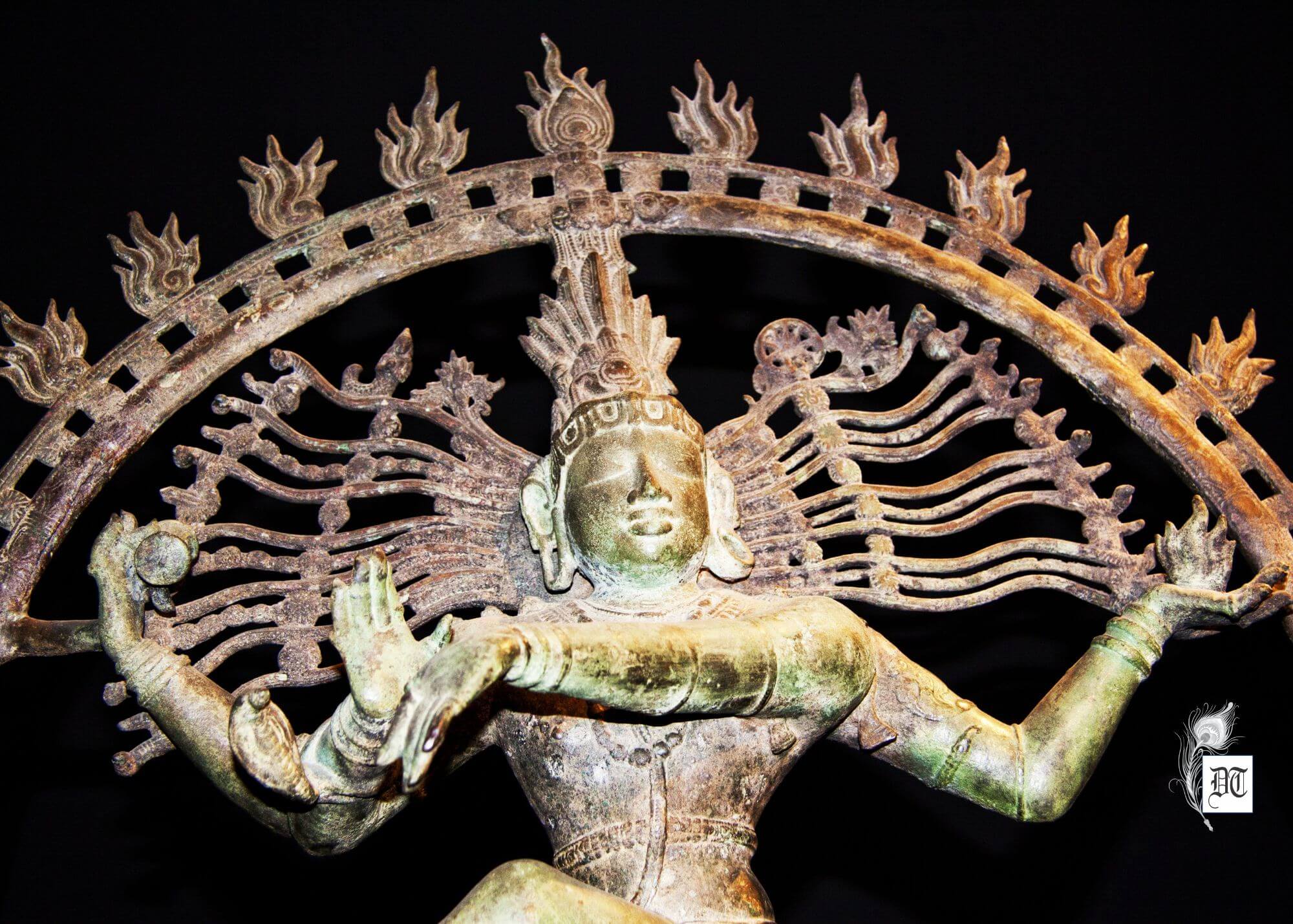



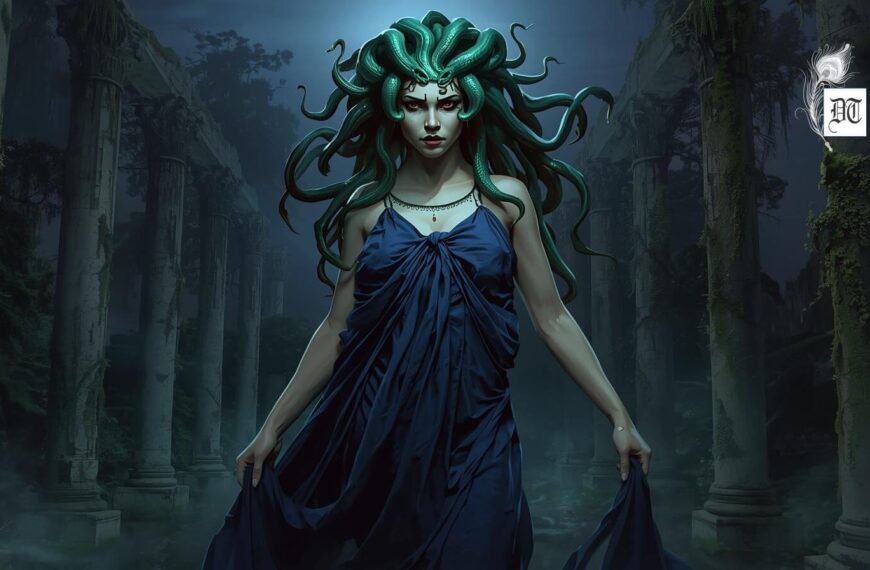
 By
By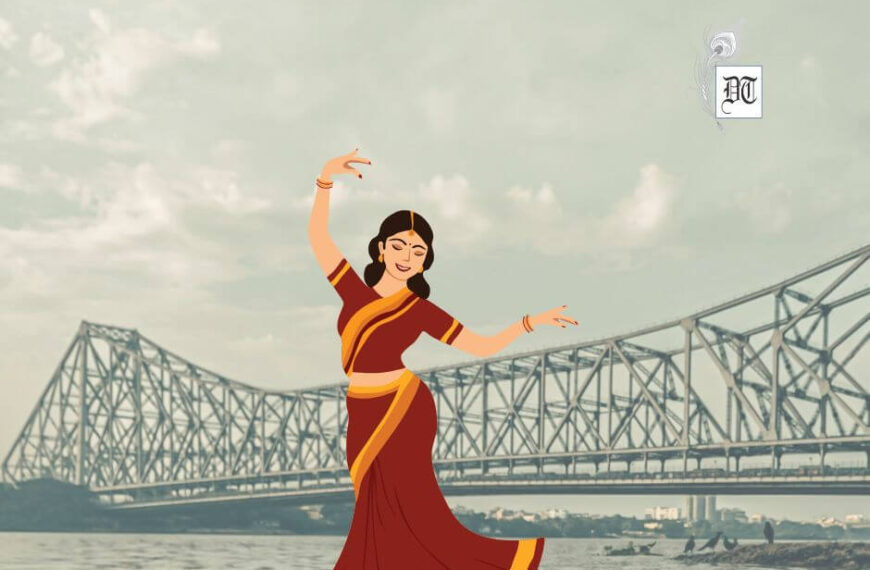
 By
By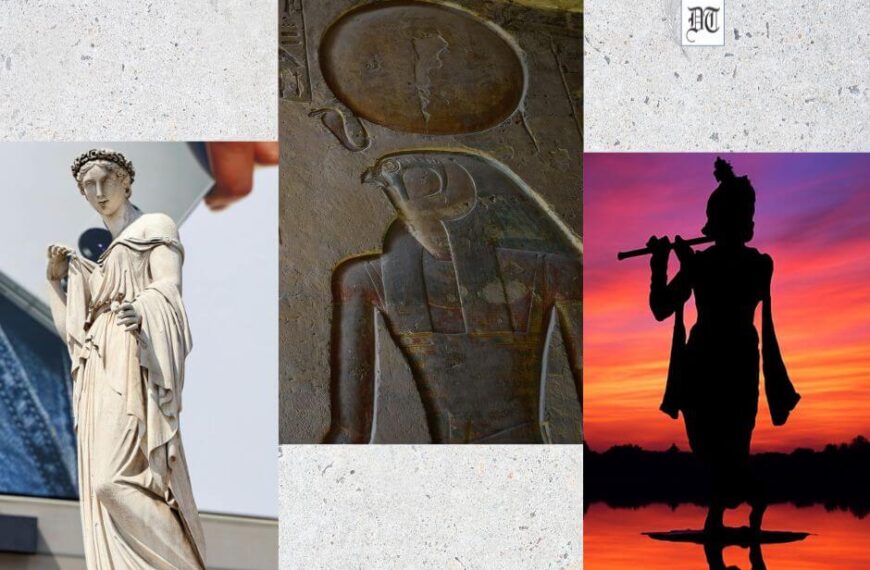

 By
By